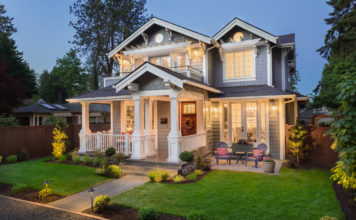
The reality of technology adoption models is that nearly every industry has two choices: adoption or change. In the case of the residential market, we have three choices: adoption, change, and stagnation.
In a stagnant market, new homes are purchased. This is because the demand for homes is relatively low in comparison with existing homes. A house is a house is a house, so new homes are generally cheaper and are less likely to require renovations. In a change market, we have to change the way we build homes. That is, we have to either use a different construction approach, or we have to change the architecture of existing homes.
Changing the design of existing homes is not a bad thing if it’s done correctly. Our study of thousands of existing homes found that the majority of homes were designed for older people and those with shorter lives. But it turns out that we tend to design homes for people over 55 instead of people under 55. The reason is that people who live in less expensive housing tend to be wealthier, and can afford to upgrade their housing.
In other words, if you want to be hip, you need to make money, and wealthy people don’t want to be hip. What’s ironic is that the same people who are resistant to change, are the people least likely to try and “modernize” their homes. The idea of “upgrading” from the time-loop of a time-limited house to a “modern” home probably sounds ridiculous to us.
There are more and more people under the age of 55 who are “upgraded” by buying a nicer home or moving. Even though they may have more money, they don’t have the money to pay for a “modernization” project. And the reason? The reason is because they don’t want to be “hip”.
The way they get things done in the game is to “look at the home they like”. So instead of looking at your own home, you look at your own home and see how your home is like. And how you do things yourself.
The reason I’m doing that is because I’m not going to buy a new home that looks like my former one, if it looks like my former one. I’ll go to the mall and look at the new construction homes and see how they look. I’ll go to the mall and see how they use their space.
What the hell does a new home look like? If it’s in a particular section, it looks like it’s in the same place it’s been for a while.
That’s because we, the people who buy homes, have to look at it. So we spend a lot of time thinking about how it will work for us. And to do that we have to look at it from the perspective of other people, who want to live there. Which means that what you buy, and what you live with, is what you see.
The same thing can happen to other people in a home. In a home, it’s like a puzzle made up of pictures. The key to finding a way to solve it is to look at it from the perspective of other people.

